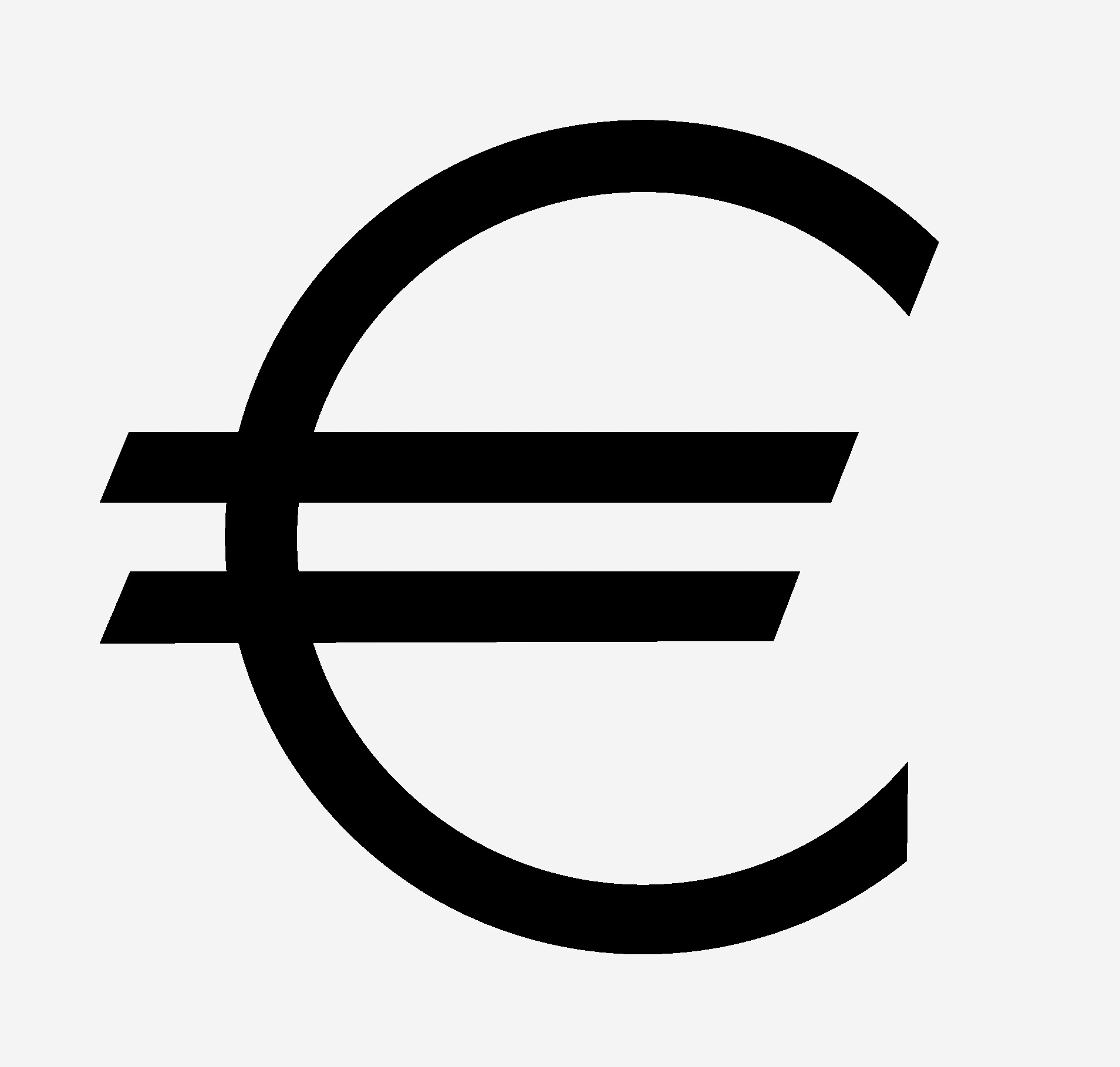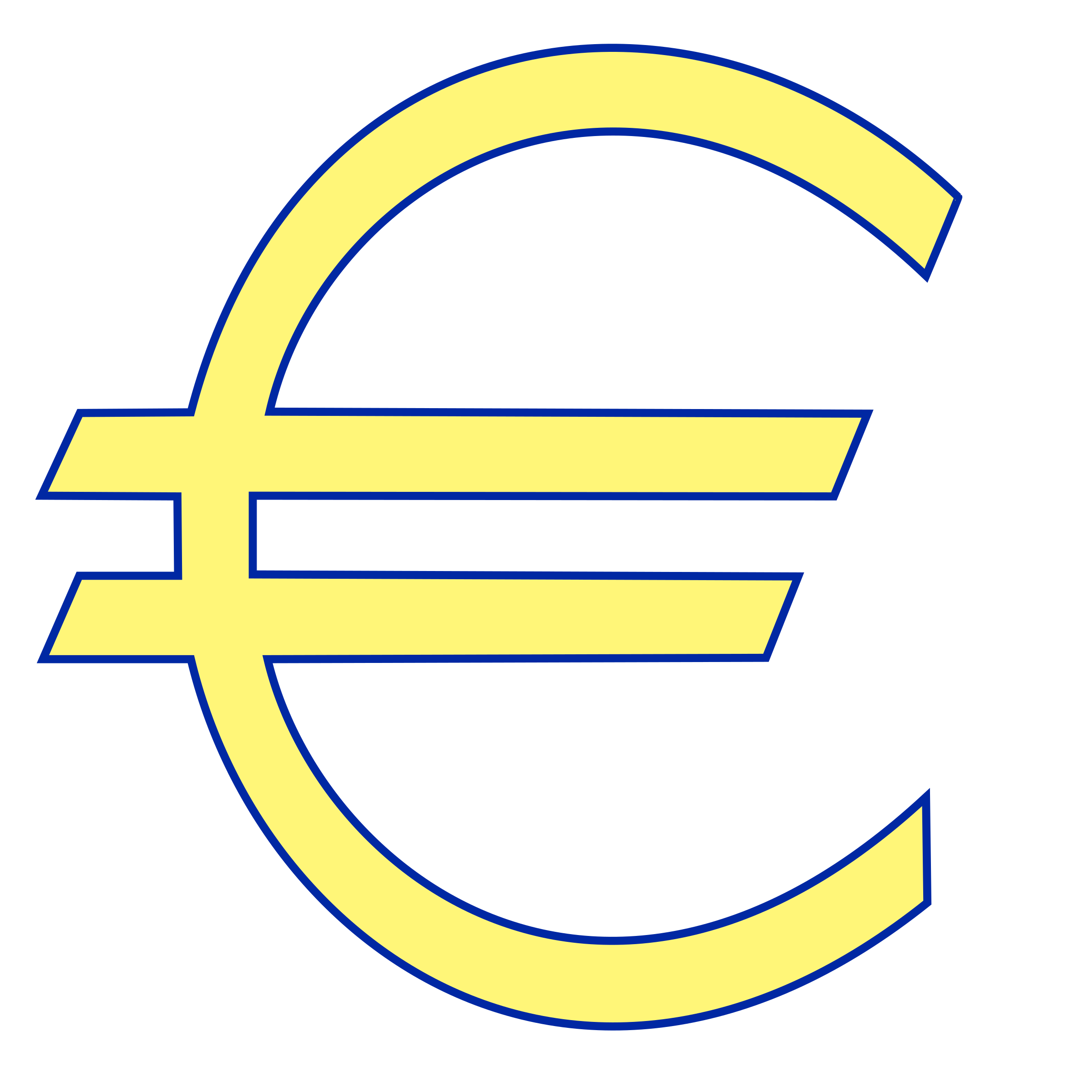When you think about global currencies, the euro money symbol is one of the most iconic signs in the world today. The € has become more than just a financial marker; it's a symbol of unity, progress, and economic strength. As Europe's primary currency, the euro has transformed the way nations trade, travel, and communicate across borders. In this article, we'll explore everything you need to know about the euro money symbol and its impact on the global economy.
So, why does the euro money symbol matter? Well, imagine a world where every country in Europe had its own currency. Converting money, setting exchange rates, and dealing with fluctuating values would be a nightmare for businesses and travelers alike. The € changed all that by creating a standardized system that made transactions faster and more efficient. It's like having one universal language for money across an entire continent.
But the story of the € goes deeper than just convenience. This symbol represents decades of collaboration, negotiation, and innovation among European nations. It's a testament to what can be achieved when countries come together for a common goal. So, whether you're a business owner, traveler, or simply curious about how money works, understanding the euro money symbol is essential in today's interconnected world.
Read also:Naked Bella Thorne The Untold Story Behind The Headlines
Let's jump into the details and uncover what makes the € so special. From its origins to its global influence, we'll cover everything you need to know about this powerful symbol.
Table of Contents
The Fascinating History of the Euro Money Symbol
The Genius Behind the € Design
How Countries Adopted the Euro
The Global Impact of the Euro Money Symbol
The Rise of Digital Euro Usage
Read also:January 20 What Zodiac Sign Rules The Day Discover Your Star Sign
What's Next for the Euro Money Symbol?
Tips for Using the Euro Effectively
Euro vs. Other Major Currencies
Final Thoughts on the Euro Money Symbol
The Fascinating History of the Euro Money Symbol
Before we dive into the nitty-gritty of the €, let's take a trip back in time to understand how it all began. The idea of a single European currency was first proposed in the 1960s, but it wasn't until the Maastricht Treaty in 1992 that the euro officially became a reality. This treaty laid the groundwork for the European Monetary Union (EMU) and set the stage for the introduction of the € symbol.
Key Milestones in the Euro's Journey
Here are some of the major events that shaped the euro money symbol:
- 1995: The name "euro" was officially adopted
- 1999: The € became the official currency of 11 EU countries
- 2002: Physical euro coins and banknotes were introduced
- 2023: The euro is now used by 20 EU member states
Throughout its history, the € has faced challenges and triumphs. From the 2008 financial crisis to the Brexit saga, the euro has proven to be a resilient currency that continues to evolve with the times.
The Genius Behind the € Design
Have you ever wondered why the € symbol looks the way it does? The design was created by a team of designers led by Belgian artist Alain Billiet. The symbol combines elements of the Greek letter epsilon (ε) with two parallel lines to represent stability. The curved lines are said to resemble the shape of a bridge, symbolizing unity and cooperation among European nations.
Interesting Facts About the € Design
- The design was chosen from over 30 proposals submitted by artists across Europe
- The € is meant to be easy to write and recognize in different languages
- It's designed to work well in both digital and print formats
When asked about the design process, Billiet mentioned that simplicity was key. "We wanted a symbol that would be instantly recognizable and easy to use," he explained. "The € had to work across different mediums and cultures, so we focused on creating something universal yet unique."
How Countries Adopted the Euro
Transitioning to a new currency isn't as simple as flipping a switch. Each country that adopted the € had to meet strict criteria set by the European Central Bank (ECB). These criteria included maintaining low inflation rates, keeping government debt under control, and ensuring exchange rate stability.
Steps to Adopting the Euro
Here's a quick breakdown of the process:
- Join the European Exchange Rate Mechanism (ERM II)
- Meet the convergence criteria set by the ECB
- Participate in the European System of Central Banks (ESCB)
- Adopt the euro as the official currency
Some countries, like Sweden and Denmark, chose to opt out of adopting the €. Others, like Greece, faced challenges in meeting the criteria but eventually joined the eurozone. As of 2023, 20 EU member states use the euro as their official currency.
The Global Impact of the Euro Money Symbol
The introduction of the € has had a profound impact on the global economy. By creating a standardized currency for much of Europe, the € has made it easier for businesses to trade across borders and for travelers to move between countries without worrying about exchange rates.
Benefits of the Euro
- Reduced transaction costs for businesses
- Increased price transparency across eurozone countries
- Stabilized exchange rates within the eurozone
- Enhanced economic cooperation among member states
However, the € isn't without its challenges. Critics argue that a single currency can make it difficult for countries to respond to economic shocks in their own way. Despite these concerns, the euro remains one of the most widely used currencies in the world, second only to the US dollar in terms of global reserves.
The Rise of Digital Euro Usage
As the world becomes increasingly digital, the € is adapting to keep pace with changing consumer habits. Many banks and financial institutions now offer digital euro accounts, allowing users to make transactions instantly from their smartphones. This shift towards digital payments has been accelerated by the rise of contactless payment systems and mobile banking apps.
Advantages of Digital Euros
- Faster and more secure transactions
- Reduced reliance on physical cash
- Increased accessibility for consumers
- Lower transaction fees for businesses
According to a recent report by the ECB, digital euro usage has grown by 15% annually over the past five years. As more people embrace digital payment methods, the role of the € in the digital economy is only expected to grow.
Challenges Faced by the Euro
No currency is immune to challenges, and the € is no exception. From economic crises to political disagreements, the euro has faced its fair share of obstacles over the years. One of the biggest challenges has been maintaining stability across diverse economies with varying levels of development.
Key Challenges for the Euro
- Managing economic disparities between member states
- Responding to global financial crises
- Dealing with political uncertainty, such as Brexit
- Adapting to the rise of cryptocurrencies
Despite these challenges, the ECB continues to work closely with member states to ensure the stability and strength of the €. By implementing policies that promote economic growth and stability, the euro remains a vital component of the global financial system.
What's Next for the Euro Money Symbol?
Looking ahead, the future of the € is bright. With advancements in digital payment technologies and increasing demand for sustainable financial practices, the euro is well-positioned to remain a dominant force in the global economy. The ECB is actively exploring ways to enhance the digital capabilities of the € while maintaining its security and reliability.
Future Trends for the Euro
- Increased adoption of digital euro payments
- Focus on sustainable finance practices
- Expansion to more EU member states
- Integration with emerging technologies like blockchain
As the global financial landscape continues to evolve, the € will play a crucial role in shaping the future of money. By embracing innovation while maintaining stability, the euro money symbol is poised to remain a powerful force for years to come.
Tips for Using the Euro Effectively
If you're planning to use the €, whether for travel or business, here are some tips to help you make the most of this powerful currency:
- Always check current exchange rates before making transactions
- Use digital payment methods to save on transaction fees
- Keep an eye on ECB announcements for updates on euro policies
- Consider opening a euro bank account if you frequently do business in Europe
By staying informed and using smart financial practices, you can make the most of the € and all it has to offer.
Euro vs. Other Major Currencies
How does the € stack up against other major currencies like the US dollar, Japanese yen, and British pound? While each currency has its own strengths and weaknesses, the € holds its own as a global powerhouse. Its widespread adoption and stability make it an attractive option for businesses and investors alike.
Key Comparisons
- € vs. USD: The € is slightly stronger in terms of global reserves
- € vs. JPY: The € offers more stability in volatile markets
- € vs. GBP: The € has a larger user base and more widespread acceptance
Ultimately, the choice of currency depends on individual needs and preferences. However, the € remains one of the most reliable and versatile options available today.
Final Thoughts on the Euro Money Symbol
In conclusion, the euro money symbol has become an integral part of the global financial system. From its humble beginnings as a concept in the 1960s to its current status as one of the world's most widely used currencies, the € has proven to be a resilient and adaptable force. Its design, adoption process, and global impact all contribute to its status as a symbol of unity and progress.
So, whether you're a business owner, traveler, or simply someone interested in how money works, understanding the € is essential in today's interconnected world. By staying informed and using smart financial practices, you can make the most of this powerful currency and all it has to offer.
What are your thoughts on the euro money symbol? Share your experiences and insights in the comments below, and don't forget to check out our other articles for more insights into the world of finance!


